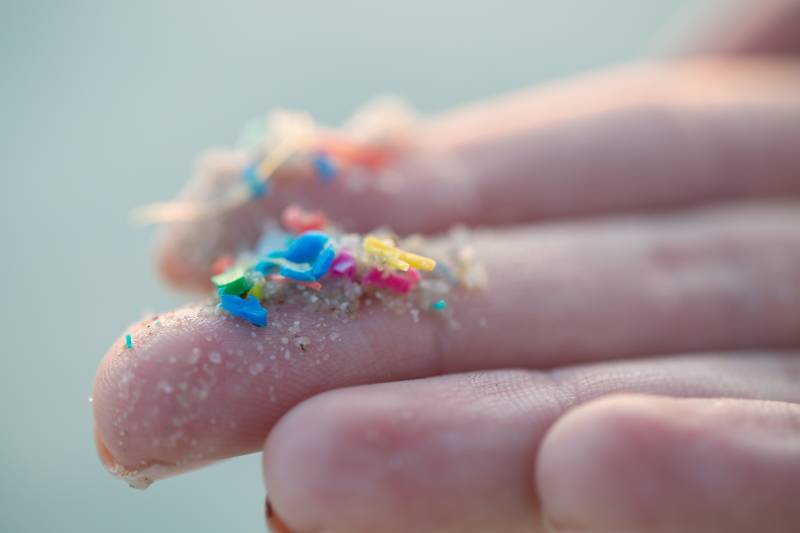Tiny Trouble: The Big Problem of Microplastics
Imagine tiny bits of plastic, smaller than a grain of rice, floating in our oceans, rivers, and even lurking in the air we breathe. These are microplastics, and they’re becoming a major environmental concern.
What are Microplastics?
Microplastics are tiny plastic pieces less than 5 millimeters in size. They come from various sources:
- Breakdown of larger plastic items: Plastic bags, bottles, and other items break down into smaller and smaller pieces over time, eventually becoming microplastics.
- Microbeads: These tiny plastic beads were once commonly used in cosmetics and personal care products, but many countries have now banned them due to their environmental impact.
- Synthetic clothing: Clothes made from synthetic fibers like polyester can release microplastics when washed.
The Problem with Microplastics:
Microplastics pose a significant threat to the environment and potentially to human health:
- Harm to wildlife: Animals can mistake microplastics for food, leading to blockages in their digestive systems and even death.
- Pollution of ecosystems: Microplastics can absorb harmful pollutants and toxins, contaminating the food chain.
- Potential health risks: While research is ongoing, some studies suggest microplastics might be harmful to human health if ingested.
What Can We Do?
There are steps we can take to reduce microplastic pollution:
- Reduce single-use plastics: Opt for reusable bags, bottles, and containers whenever possible.
- Choose clothes made from natural fibers: This helps minimize microplastic release during washing.
- Dispose of waste properly: Don’t litter, and ensure proper recycling of plastic items.
- Support legislation: Advocate for policies that restrict the use of microplastics in various products.
Microplastics are a complex environmental issue, but by understanding the problem and taking action, we can work towards a cleaner and healthier planet for all.
Microplastics
1. What are microplastics?
Microplastics are tiny plastic pieces, less than 5 millimeters in size, found in various environments like oceans, rivers, and even the air. They come from the breakdown of larger plastics, microbeads in some products, and synthetic clothing fibers.
2. Why are microplastics a problem?
Microplastics pose threats to:
Wildlife: Animals can ingest them, leading to digestive problems and death.
Environments: They can absorb pollutants, contaminating the food chain.
Potentially human health: Research suggests they might be harmful if ingested, but more studies are needed.
3. What can we do to reduce microplastics?
Reduce single-use plastics: Opt for reusable alternatives like bags, bottles, and containers.
Choose natural fibers for clothing: This minimizes microplastic release during washing.
Dispose of waste properly: Avoid littering and recycle plastic items responsibly.
Support legislation: Advocate for policies restricting microplastics in various products.
4. How serious is the health risk to humans from microplastics?
Research on the specific impacts of microplastics on human health is ongoing. While potential risks are being studied, more information is needed to draw definitive conclusions about the exact severity of the threat.
